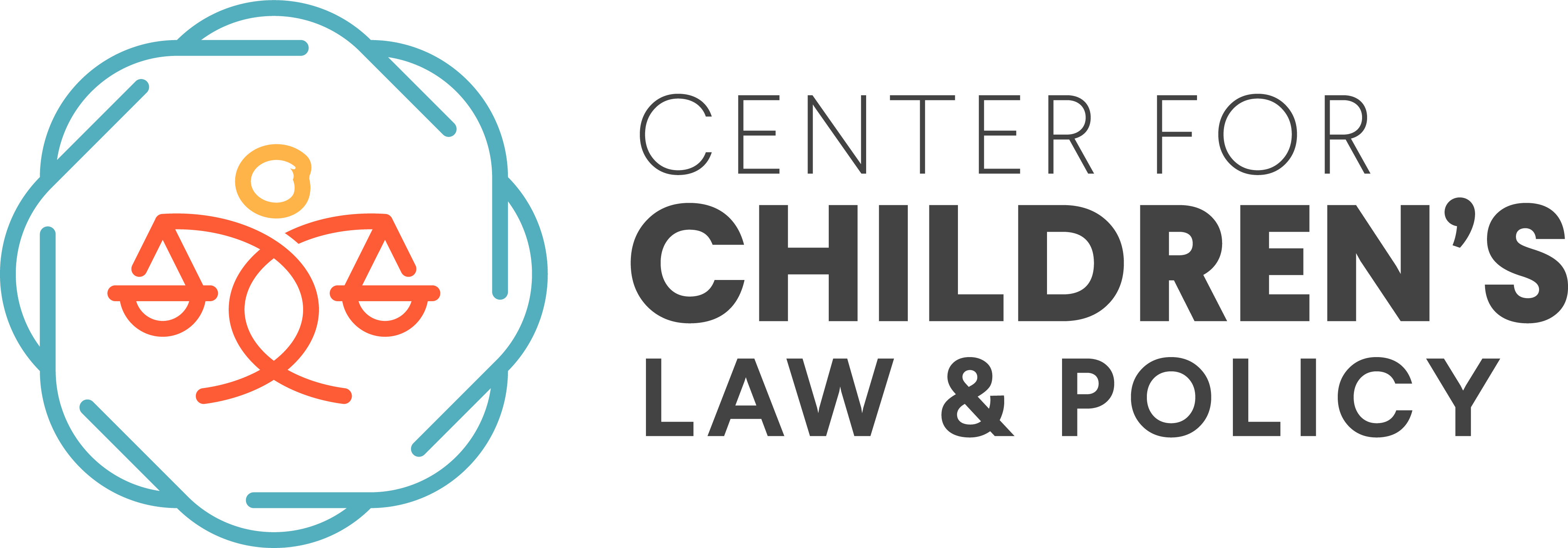In 2015, the Annie E. Casey Foundation released Maltreatment of Youth in U.S. Juvenile Correctional Facilities. The report documented instances of systemic abuses of children in juvenile facilities in 29 states, including widespread physical and sexual abuse, excessive use of force, and a dangerous reliance on solitary confinement.
The Center’s staff have worked to improve conditions of confinement in many cities, counties, and states throughout the country. For example, CCLP staff helped Louisiana officials develop the state’s first set of licensing standards for its juvenile detention facilities. Additionally, CCLP staff, along with staff of the Youth Law Center, co-authored the JDAI Juvenile Detention Facility Assessment Standards, which are the most comprehensive and demanding set of publicly available standards for juvenile detention facilities. The Center’s staff have trained officials in many jurisdictions to use the standards to assess conditions in their juvenile facilities. The standards have also been cited and used in many contexts, including findings letters from the U.S. Department of Justice Civil Rights Division, federal and state legislation, and litigation over conditions of confinement.
The resources below are designed to assist officials in their efforts to improve conditions of confinement in juvenile facilities. To learn more about the Center’s training and technical assistance opportunities in this area, contact Jason Szanyi, Director of Institutional Reform, at 202-637-0377 x108 or jszanyi@cclp.org.
The JDAI Facility Assessment Standards
JDAI Detention Facility Assessment Standards
Since its inception, JDAI has emphasized the importance of maintaining safe and humane conditions of confinement in juvenile detention facilities. The JDAI juvenile detention facility standards, originally published in 2004 and revised in 2014, represent the most comprehensive and demanding set of publicly available standards for juvenile detention facilities. Officials in JDAI sites have used these standards and JDAI facility assessment process to improve policies and practices and ensure that their facilities reflect evolving standards of practice in the field.
JDAI Detention Facility Assessment Guidelines
This document contains the guidelines and instructions for individuals who are engaging in the JDAI Juvenile Detention Facility Assessment process.
JDAI Detention Facility Assessment “How To” Tools
This document contains a set of “How To” guidelines that provide suggestions for assessing each major issue area involved in the JDAI Juvenile Detention Facility Assessment process.
Other Conditions of Confinement Resources
2018 Updates to the JJDPA Regarding Conditions of Confinement in Youth Facilities
This February 2018 fact sheet, from CCLP and the National Juvenile Justice Network, outlines new protections for young people in out-of-home placements in the reauthorized JJDPA.
Fact Sheet: Understanding the OJJDP Survey of Conditions of Confinement in Juvenile Facilities
In May 2010, the Office of Juvenile Justice and Delinquency Prevention (OJJDP) published findings from a 2003 survey of 7,073 youth in custody regarding conditions of confinement in detention centers, corrections facilities, camps, community based facilities, and residential treatment centers throughout the country. This fact sheet outlines the study’s key findings and methodology.
Fact Sheet: Independent Monitoring Systems for Juvenile Facilities
Youth who are harmed in juvenile facilities should have a reliable and safe place to turn to report physical and sexual abuse, other staff misconduct or lack of care they need. In order for youth to step forward, though, they must also trust the investigatory process and feel safe from retaliation by facility staff and other youth. Independent monitoring systems – programs for receiving and investigating complaints from youth that are separate from an agency’s internal grievance mechanism – address that need by introducing independent eyes and ears in secure facilities. This fact sheet outlines best practices common to effective independent monitoring systems for juvenile facilities and provides examples of systems currently serving youth in facilities.
Fact Sheet: Chemical Agents in Juvenile Facilities
Juvenile facility administrators have a fundamental responsibility to keep youth and staff safe. Most facilities fulfill that responsibility without using chemical agents such as pepper spray and tear gas. However, some facilities continue to rely on painful and dangerous chemical agents as a substitute for more effective and humane ways of managing youth behavior. This fact sheet highlights concerns associated with chemical agents, provides examples of states that have recently committed to ending their use in juvenile facilities, and offers strategies to reduce and eliminate the use of chemical agents.

